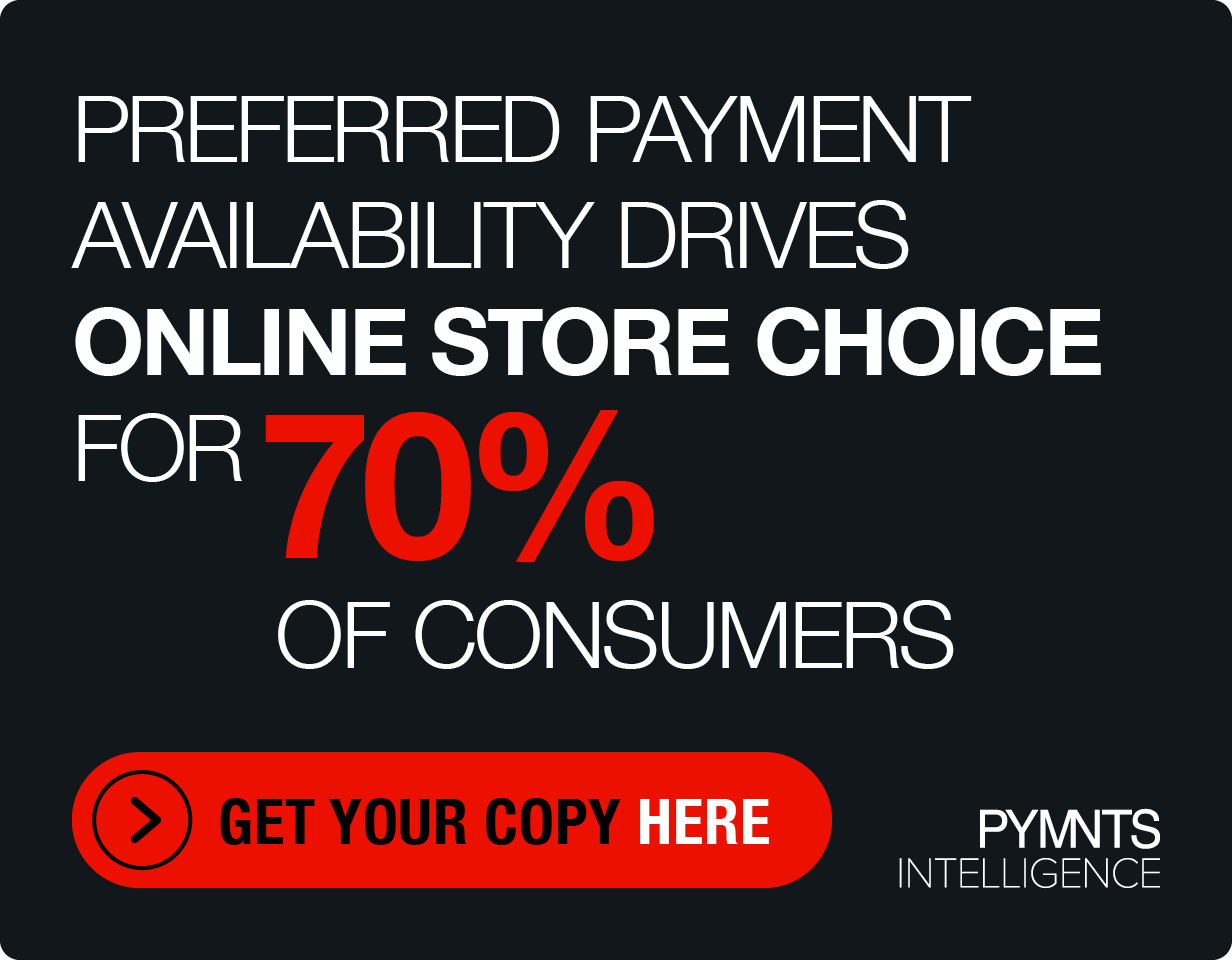What Digital Banks Are Doing Right

The past several years have been good times for digital banking players popping up to challenge traditional brick-and-mortar financial institutions for market share, but recent months have accelerated that trend into overdrive. Consumers worldwide are realigning their entire lives around digital — and looking for financial services providers to meet their new, emerging lifestyles.
“We have seen this segment, challenger and digital banks, experiencing record-setting growth [in the] second quarter — the question being: ‘Will that last?’ And I believe for many, it will,” Paul Dunning, vice president of strategic partnerships at Elan, told PYMNTS in a recent conversation.
What sets digital challengers apart, he said, are “mission-driven cultures” that aim to create more than just digital vaults in which consumers place their funds. Instead, challengers are trying to raise the bar by building more into their platforms — more transparency, more financial educational tools and easier access to a wider variety of financial products.
“There are varying segments across the space when you consider the core product or the core differentiator that each brings to the market,” he said. “Do they offer a unique deposit product, a lending solution, an investment platform, or simplifying financial management and budgeting?
Dunning said such value-added offerings are more relevant to consumers today than they’ve ever been.
Building The Right Offerings
Dunning said converting the lift that challengers have gotten from the pandemic into long-term, scalable success will require building out what the firms currently offer.
However, he said there’s no single path for digital challengers to follow when it comes to serving customers in the newly emerging landscape. After all, clients are coming at their new digital lifestyles from various starting points.
Is a firm looking to capture someone new to banking or a consumer who already has a banking background, but is looking for help in a specific area like building credit, or transitioning their entire banking and spending relationship to a mobile-first experience for the first time? Creating the right products always starts with looking at the target customer and what the person’s specific needs and wants are, Dunning said.
For example, many digital banks are trying to reach Gen Z consumers who have often “expressed that a lack of financial education is available to them,” he said. “So, we see digital banks providing financial literacy tools that help consumers build a comfort with credit, smart savings practices and budgeting. All of this will help to build long-lasting, engaged relationships. What I think is most admirable is the way that these digital banks are creating these unique and incredibly positive experiences around finances.”
Dunning said smart digital banks go about building card products and other offerings by pairing their differentiation in the market with their internal plans for customer acquisition and growth.
“Specific to card-issuing, the decision to offer a card product is unique to each institution and what they are ultimately looking to accomplish. Impactful elements include overall cost of starting a program, internal resources required, and shouldering the ongoing risk in the space. Partnering with an agent issuer can help challenger banks leverage the expertise, scale and continued investment of a successful program, while transferring the expenses and inherent risk to card-issuing.”
It’s also important to consider the external environment and current economic difficulties stemming from the pandemic, particularly when dealing with things like underwriting, net credit losses, and consumer behavior. Dunning noted that historically, underwriting losses start to mount as an economic downturn deepens and rebound when improved.
How Players Act Now Will Influence Future Results
In fact, such general awareness of the world outside the bank is more important for financial institutions than merely fending off risks that emerge in the system. Ultimately, that’s what allowed digital challengers to build the right relationships with customers today — and will help them hold on to clients going forward, Dunning said.
After all, the tough conditions that are pushing the great digital reformation of financial services forward right now should ease off as the pandemic winds down (or following the release of a vaccine). At that point, consumers will return in some part to the physical world — but not necessarily to physical banks if digital challengers continue shepherding their clients through today’s uncertain time.
“I think what you’ve seen across the industry as a whole is how both traditional financial institutions and digital banks are coming to their client base at a time of need — and that really drives trust and allegiance to a brand,” Dunning said. “Whether they are providing short-term financing, waiving fees, payment deferral — whatever the specific case may be — the ability to recognize the times that some of the clients are in and express empathy for an individual story — that is going to drive loyalty for years to come.”
